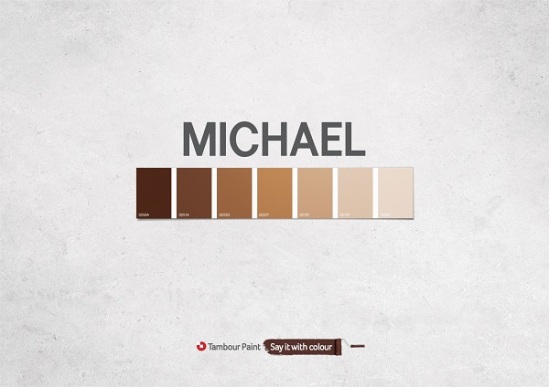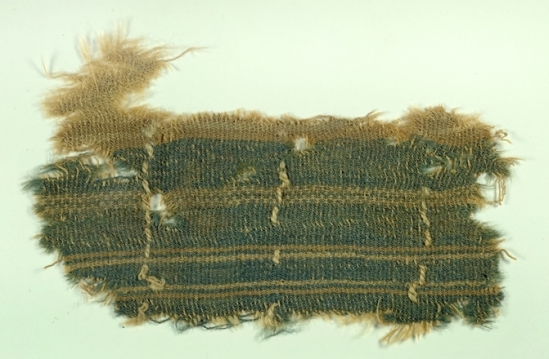December 18, 2014 @ MentalFloss

The most obvious explanation for blue and white Hanukkah colors is the Israeli flag, designed by the Zionist movement in 1891 and officially adopted in 1948. The flag’s blue stripes symbolize those found on tallitot, traditional Jewish prayer shawls that are worn at synagogue, bar or bat mitzvahs, and Jewish weddings. So why are there blue stripes on tallitot? According to the Bible, the Israelites were told to dye a thread on their tassels with tekhelet, a blue ink from a sea snail, “so that they may look upon it, and remember all the commandments of the LORD, and do them.”
In 1864, the Jewish poet Ludwig August Frankl named blue and white “the colours of Judah” in a poem not so surprisingly called “Judah’s Colours.”
Read all the article at Mental Floss





